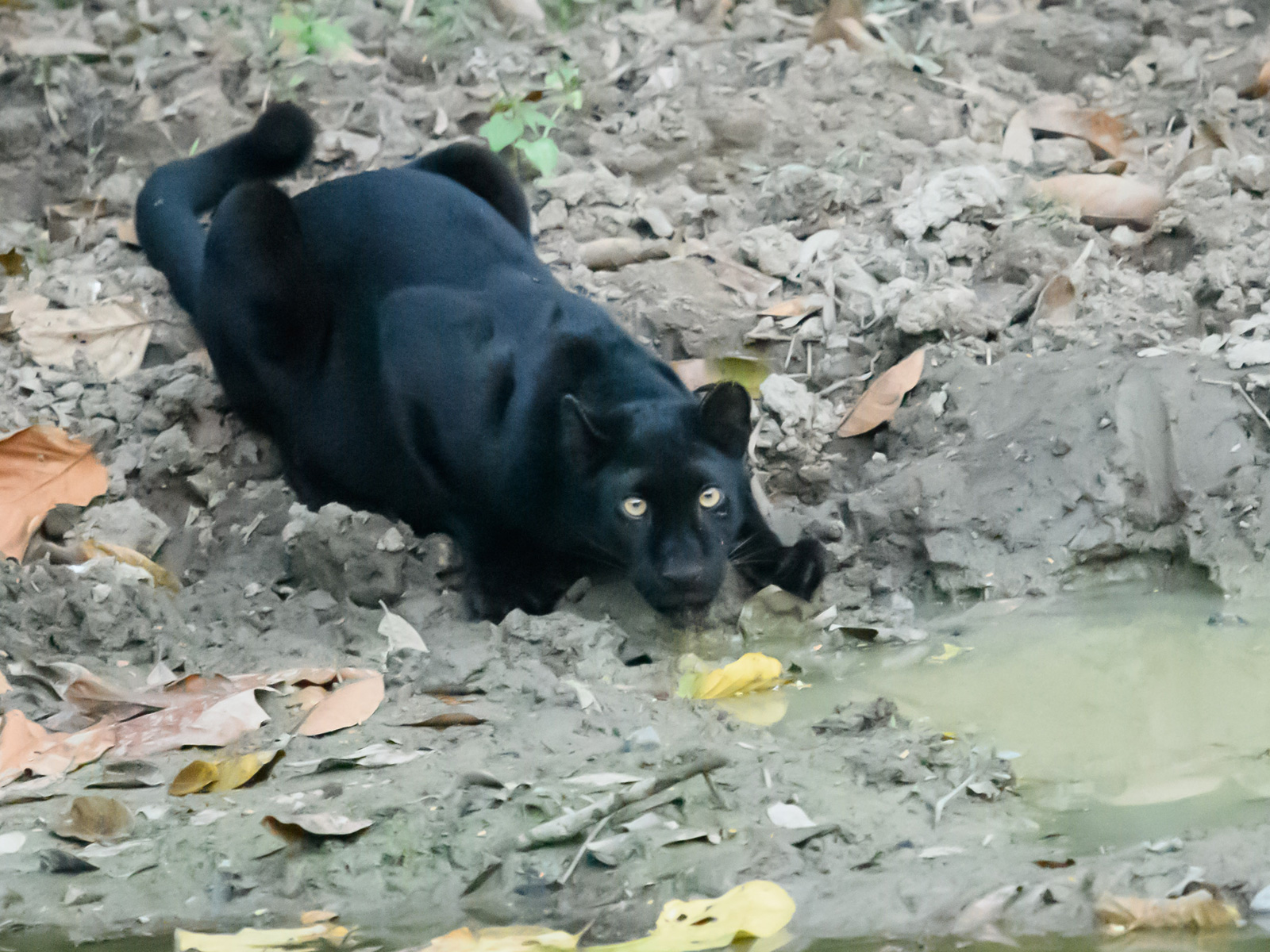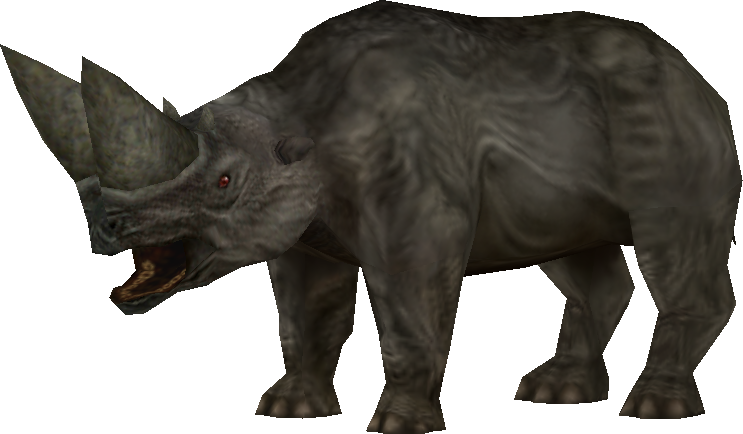

They analyzed camera trap data for 108,087 trap days across 12 countries spanning five continents, and estimated local probabilities of co-occurrence among 768 species pairs from the order Carnivora-meat-eating mammals ranging from weasels to polar bears. "We were able to see that this finding, with large-bodied-carnivore species, held around the globe."Ĭamera traps-sites watched over by automated cameras, often called trailcams-allowed researchers to better understand how carnivore communities are structured. "Large carnivores are imperiled," said David Miller, associate professor of wildlife population ecology, Penn State, whose research group in the College of Agricultural Sciences led the study.


This finding is important because populations of large mammalian carnivores are declining as habitat is lost, and often where large carnivores disappear, a chain reaction is set off that affects smaller carnivores, prey species, and even plant and insect communities.


 0 kommentar(er)
0 kommentar(er)
